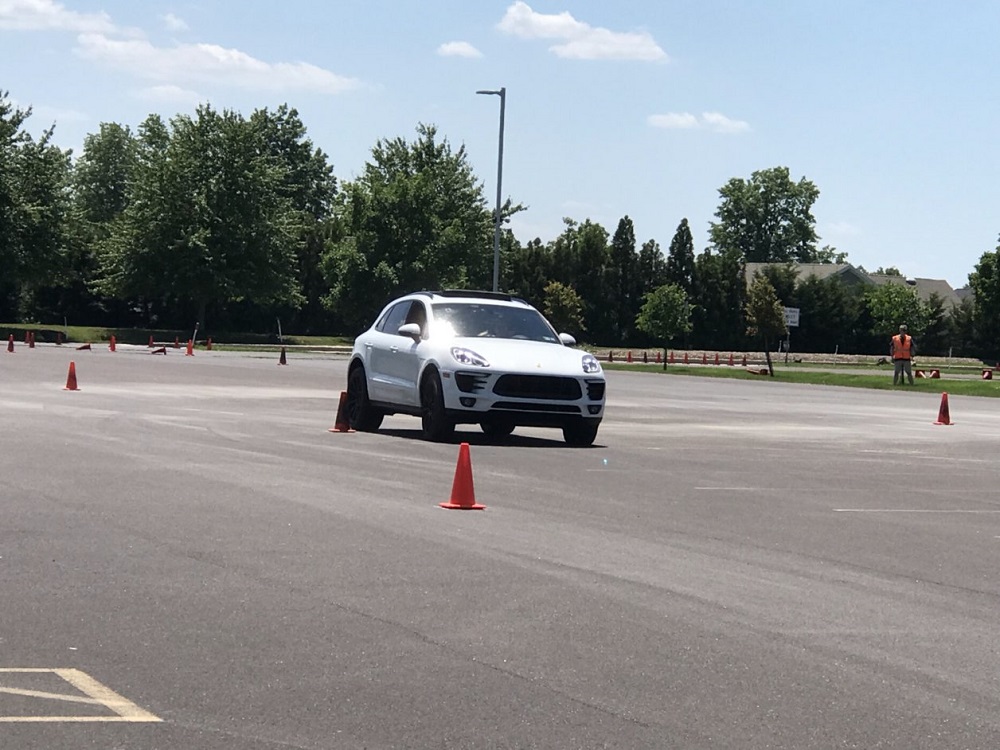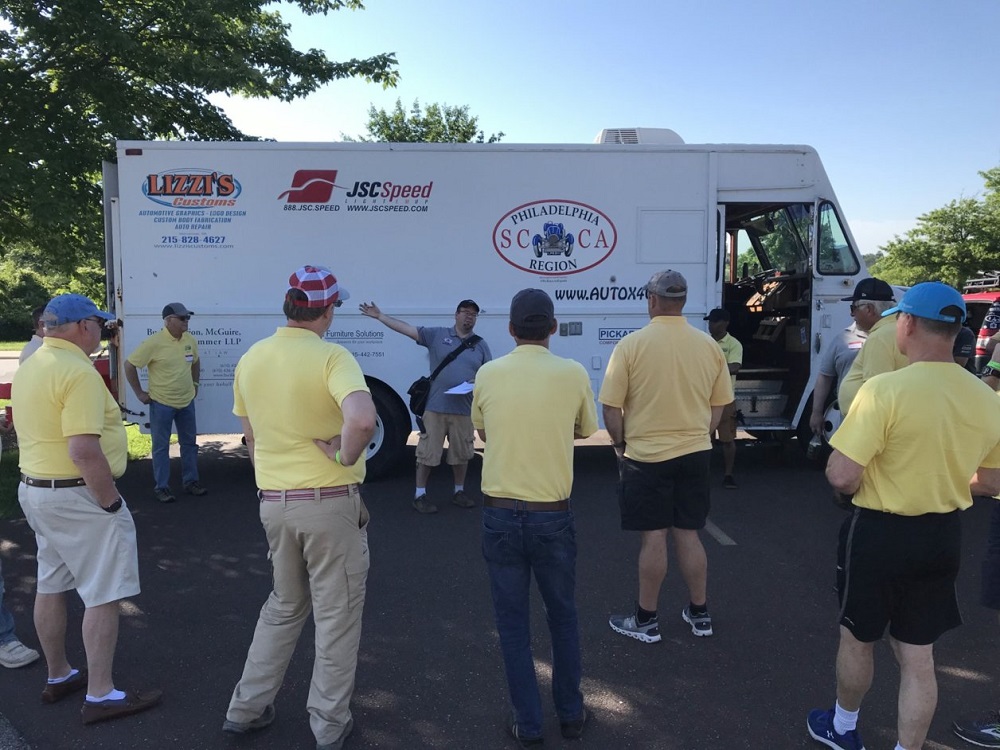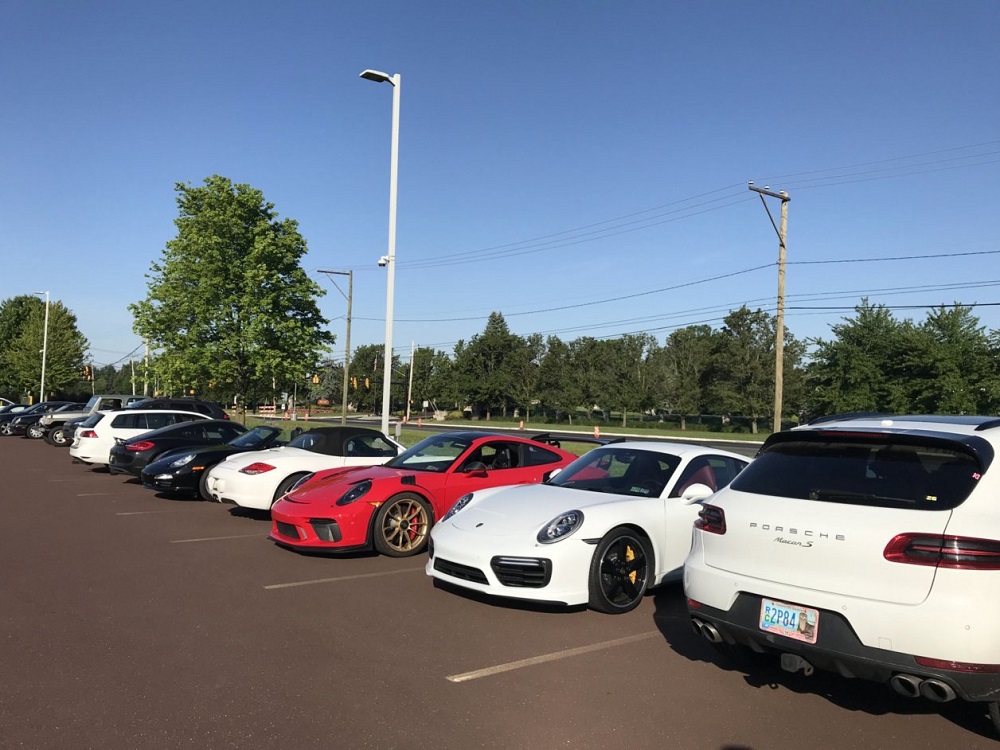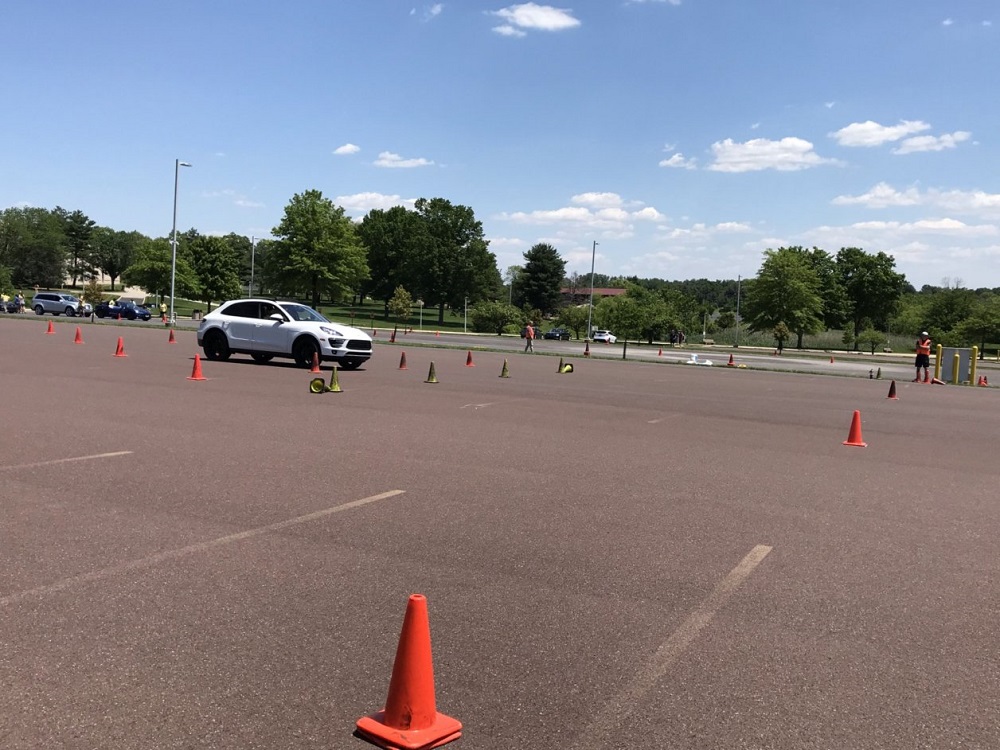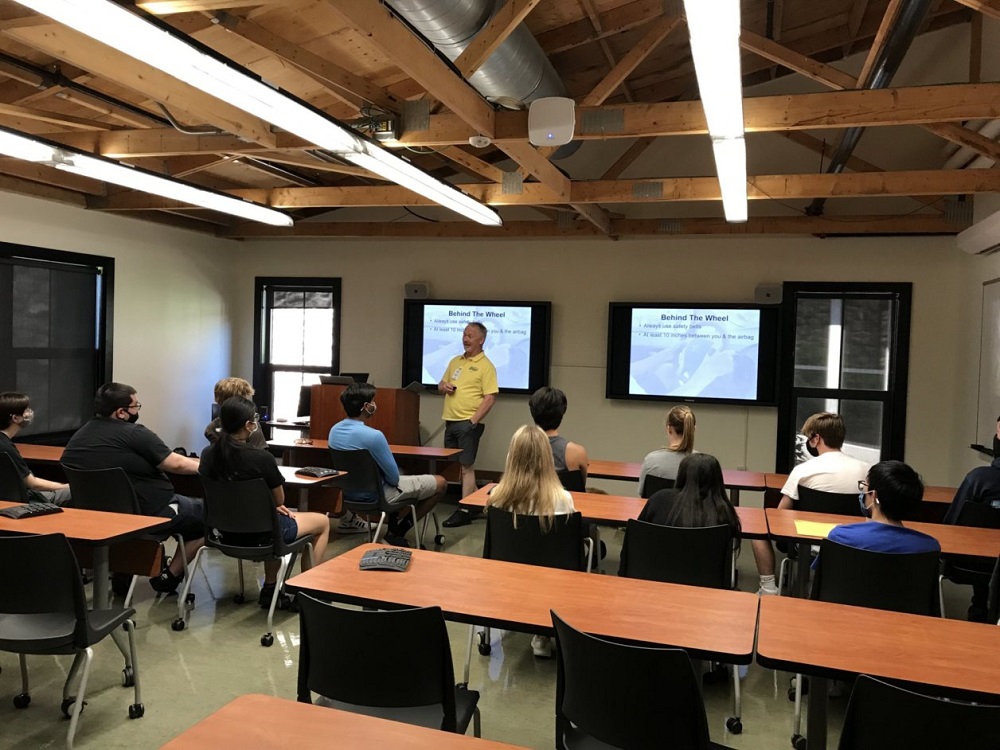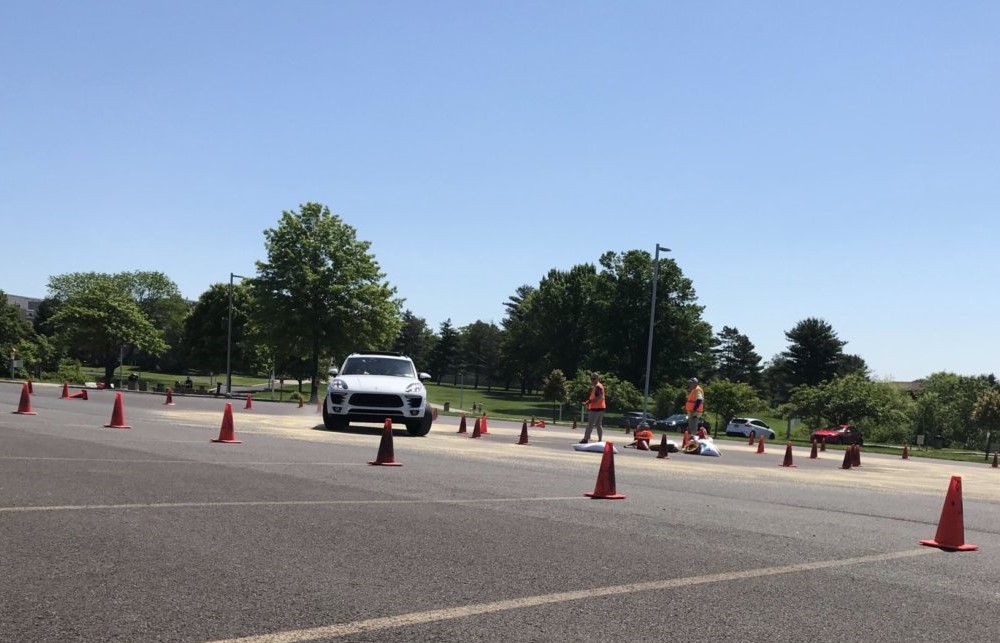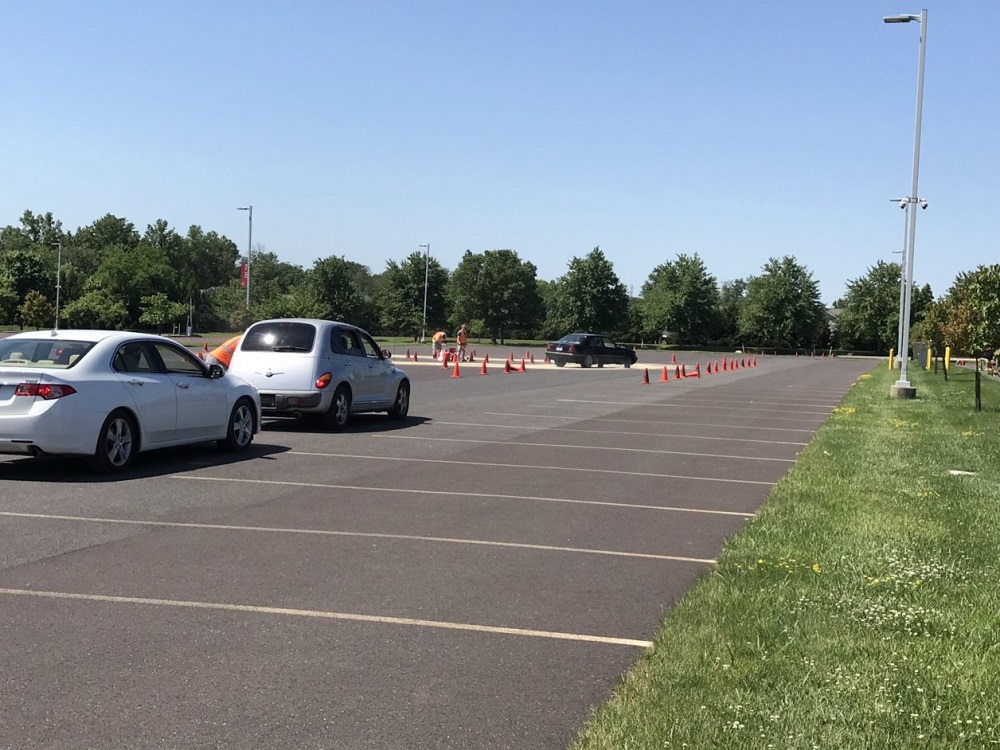Tire Rack Street Survival: Providing Lifesaving Car Control Training for Young Drivers
‘Tire Rack Street Survival’ program has taught 30K students in the last 20 years, making the roads safer for us all.
Here on Rennlist we spend a lot of time talking about the latest Porsche GT cars and comparing their lap times. We love to modify our cars to get even more power and performance. We love to partake in track days, and many here are also involved in wheel-to-wheel racing. What we sometimes forget is that most of us all started out the same way.
And that is as a marginally trained, inexperienced driver, ill-prepared to face the dangers of driving on the roadways. That is precisely why the Tire Rack Street Survival program was founded back in April of 2002.
I fully admit I was one of those less than stellar drivers as a teen. Looking back, I still remember some bonehead moments I had behind the wheel when I first got my license. I consider myself lucky to have survived those moments. Many are not so lucky. Teens aged 16 – 19 are nearly three times more likely to be involved in a fatal crash than any other age group.
Cars are safer today, but they are also much faster and there are many more distractions that take teens (and let’s be honest, all of us) attention away from the road. I never had to worry about missing a tweet as I was driving to school back in the day.
Tire Rack Street Survival addresses these distraction concerns but also offers in-car driving instruction that gives young drivers the tools they need to be smarter and safer drivers.
Overview
Tire Rack Street Survival is a full-day teen driving school program that mixes classroom instruction with in-car training. The students use their own car for the course, so they get familiar with the driving dynamics of the vehicle they are behind the wheel of most often.
The courses are held in various cities around the U.S. Each event is hosted by various car clubs such as the BMW Car Club of America, the Sports Car Club of America, and the Porsche Club of America. It is a non-profit program that is fueled by volunteers around the country. I have been an in-car coach for the last several years.
In those years, I helped train a couple dozen teen drivers. I am here to tell you first-hand what this program means to me, the students, the parents, and everyone we share the road with.
Perfect Day to Save Lives
The images in this article are from the school on June 4 that was held in the parking lot of the Montgomery County Community College in Blue Bell, PA. It was a picture-perfect weather day. We had 27 students registered.
This particular school was hosted by the Philly SCCA and the Riesentöter region of PCA. Students drive their own cars, and by coincidence one of the students had a Porsche Macan S so most of the pictures I took were of that vehicle.
This is Rennlist after all. But to be very clear a Porsche or any sportscar for that matter is not required to take the course. Most cars we see are what you would expect the average teen to be driving. Minivans, pickup trucks and SUVs are common. The row of Porsches you see are the coaches’ cars. No teen takes the course in a GT3 RS.
Cranky Teens
I have to be honest, at the start of the day, most of the young students are not very happy. Did you ever try to wake up a teen at 6 am on a Saturday? If they are anything like the teens in my house, they probably just went to bed a couple hours ago. And the students are not sure why their parents would put them through this.
The doughnuts and coffee we provide does little to improve their mood. Some of the teens are excited, some are a little apprehensive, but most are just tired. After a short coaches meeting we are paired up with our student.
The first thing I say to my student is that this will end up being one of the best days they have ever had. At this point in the day, they rarely believe me.
Car Inspection
After meeting my student, and often their parents, I walk over to the vehicle they are driving and now the education begins. We are not teaching racing here; we cover the basics. But it is remarkable how many young drivers know so little about their vehicle. Many don’t know how to pop the hood, or check tire pressures.
We fix that. I have them open everything up and look for any loose items. I then show them the door jamb sticker that lists recommended tire pressure. The student then checks each tire for air pressure and condition.
I also like to show them how to read the date codes on tires. Many of these kids are driving older cars and in some cases the tires are quite old. I explain to the parents and the students the importance of the dates.
Classroom
After the car inspection all students head to the classroom for a brief introduction about what they can expect from the day. The day is broken up into hour long sections. All students are assigned to either group 1 or group 2. While group 1 is doing classroom work group 2 is doing driving exercises. After about an hour the groups switch. But for this introduction all students are in the classroom. Our instructor explains to them some basics of how the day will work and how much fun they will have. At this point in the day, most still don’t believe it.
Wake Up Drill
Want a fun way to wake up a sleepy teen? Setup a line of cones and have them accelerate between them as fast as possible and then slam on the brakes. This is always the first drill we do, and it helps snap the young drivers to attention. For most this is the first time they ever felt ABS engage. I always ask them before we start if they ever felt ABS. Most answer with, yeah, I think so. Which I immediately know means no. It is usually on the second run of the drill as I instruct them to jump on the pedal that they actually hit the brakes hard enough to engage ABS. They then turn to me and say oh, THAT is ABS. This is usually when I see the first crack of a smile. They begin to believe that maybe this will be a fun day.
Return to Classroom
There are two hour-long classroom sessions during the day. In these sessions a lot of information is covered. It starts with the basics of how to hold the wheel, adjust the mirrors and so on. It then progresses to address topics such as hydroplaning, weight transfer and the friction circle. Of course, the topic of distracted driving and the associated dangers is also covered in depth. These are interactive sessions, and we encourage the parents to also sit in. It is not unusual for them to also learn a thing or two.
Skid Pad
The first driving exercises of the day are the skid pad and a brake and turn course. The skid pad I think most readers are familiar with. We put down some cracked corn and corn meal to lower the grip. We then have our students run the course a couple times in each direction so they can feel the car oversteer and understeer. This is typically an all-new sensation for them but an important one for them to learn. We teach them how to get the car back under control. On the brake and turn course we have the students accelerate as hard as they can and this time slam on the brakes and turn left or right at the same time. It is good practice for avoiding hazards on the roadway. The drivers’ smiles are getting a little bigger now.
Slalom
The driving exercises in the afternoon are an emergency lane change exercise and the student favorite slalom course. The emergency lane change simulates having to quickly swerve to avoid an obstacle when you don’t have time to brake. We setup three lanes of cones and the student accelerates as hard as possible and then must quickly swerve into the next lane. We then increase the difficulty by making them swerve across two lanes. At this point students are often amazed at what both them and their vehicle are capable of. The slalom course only reinforces this. We setup a small slalom course and push our students to drive it as quickly as possible. The first run is usually done a school zone speeds. But after a few passes the kids are throwing their vehicles around the course at speeds they didn’t think were possible. Smiles are now wide and universal.
Graduation
At the end of the day each student is presented with a certificate of completion. It is at this point that my students finally believe me that this will be one of the most fun days they ever had. I have sat in the car with dozens of students over the years and without exception they are cranky in the morning and have ear to ear smiles in the afternoon. But the mood transformation is secondary to the driving skill transformation. In the wake up drill most students are timid and hesitant to press the gas or the brake with any urgency. By the end of the day the confidence level and driving skill is miles ahead of where it was. And some of my students have been driving for a couple years before they took the course. It is a stunning turnaround.
Popularity
You won’t see any television ads for Tire Rack Street Survival. But when you have a program this strong word of mouth is all you need. These courses are extremely popular. In my area we aim to have about four events per year. If you know someone that think could benefit from the course sign them up the moment registration opens. The courses fill up very quickly. I have had students drive a couple hundred miles just to attend. They will rent a hotel with their parents and make a weekend out of it. It has such a strong following because it is such a well-run program that offers so much for so little. The cost is just $95.
Get Involved
The program is always looking for in-car coaches and volunteers to assist. You don’t have to be a retired Formula One driver to be a coach. A little autocross or track experience is helpful, but even that is not required. To learn more, click here. You can also help out by volunteering or with a monetary donation. More information on that can be found here. I will tell you that this is one of the most rewarding activities I am a part of. I start the day meeting a teen I never met before. By the end of the day, we have formed a bond. I also know that I helped that driver become safer. It benefits not just that driver and the drivers’ parents. But also, all of us that share the road with that person.
Kudos to all the volunteers that make this happen and to all the parents that register their children. Teaching safe driving, while having a blast is a pretty great way to spend a weekend. Remember, we all started as a novice. This is a great way to give back and help the next generation of drivers.
Images: Joe Kucinski
Join the Rennlist forums!

